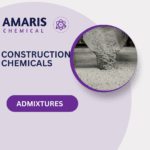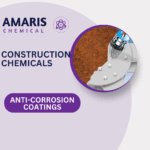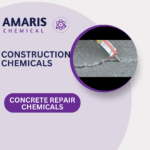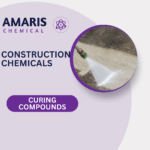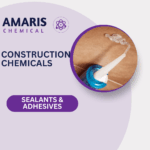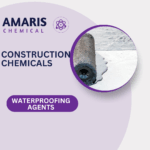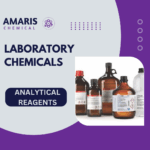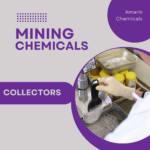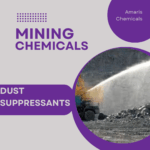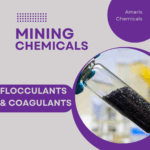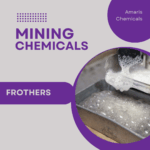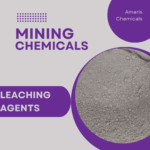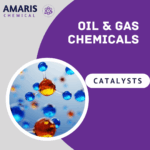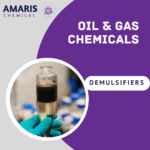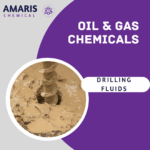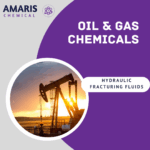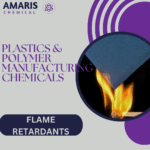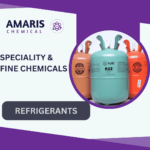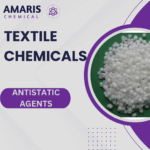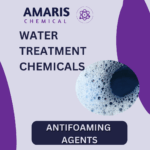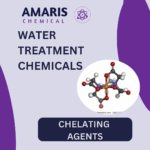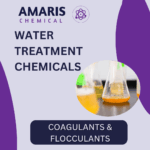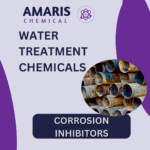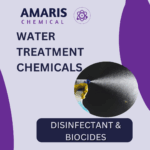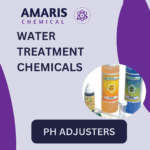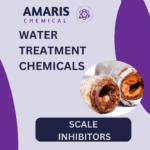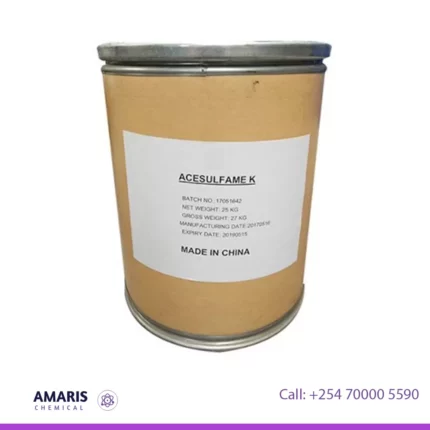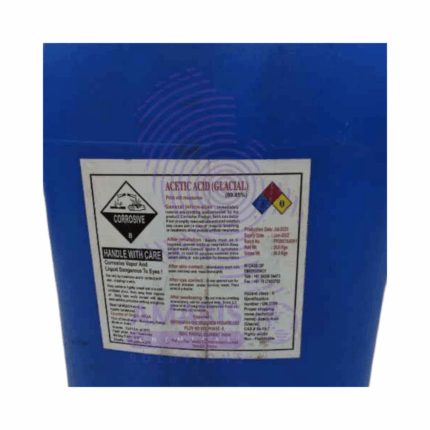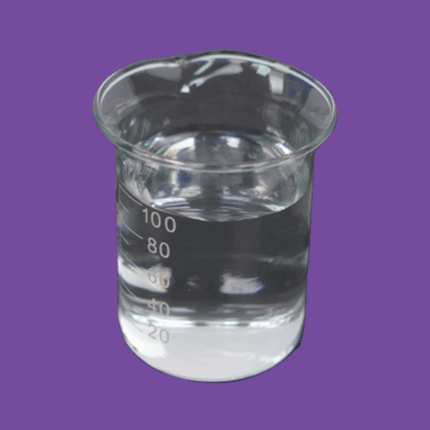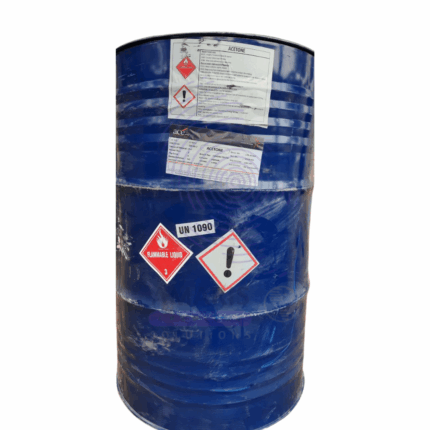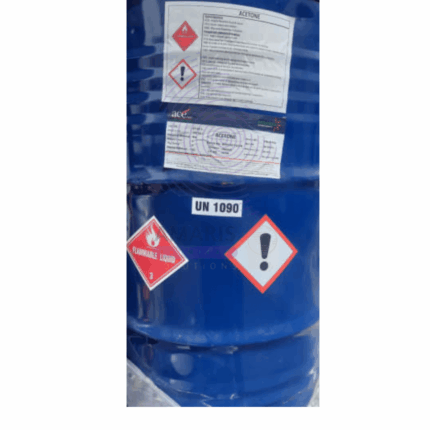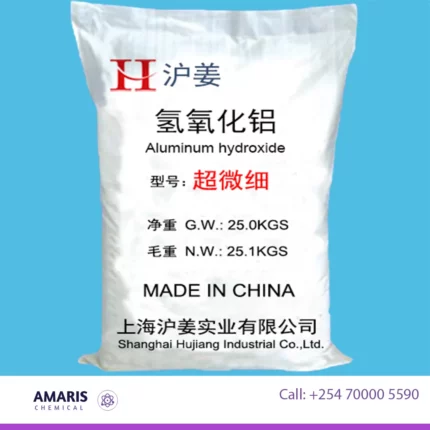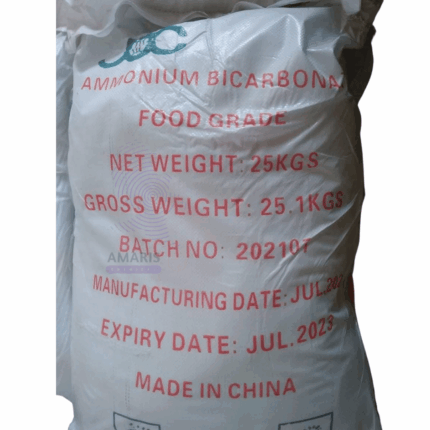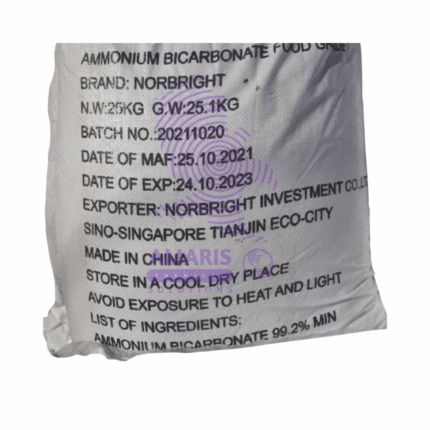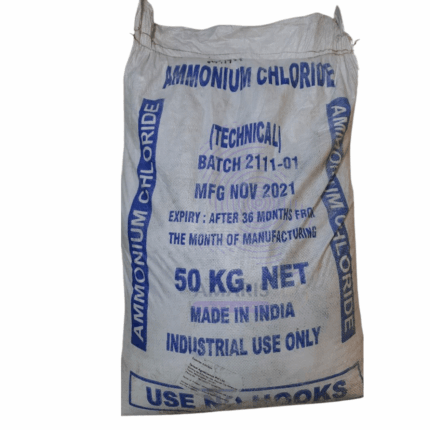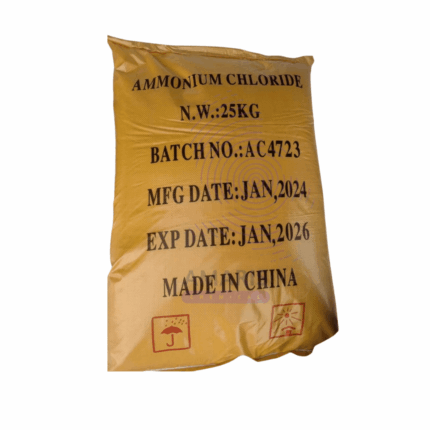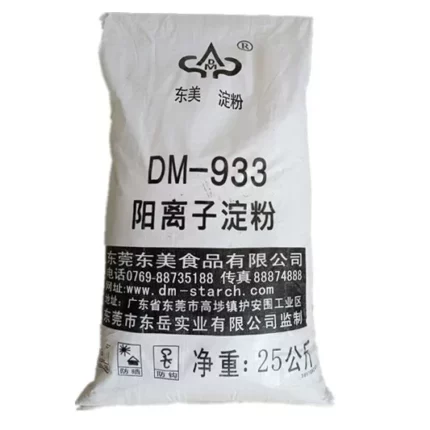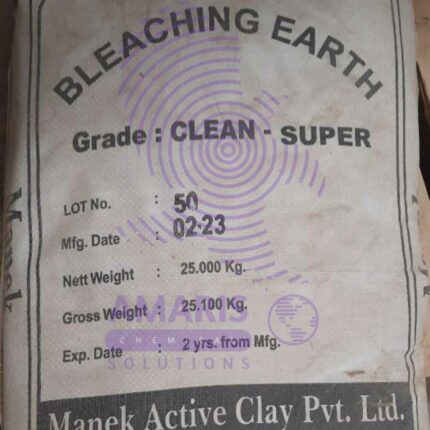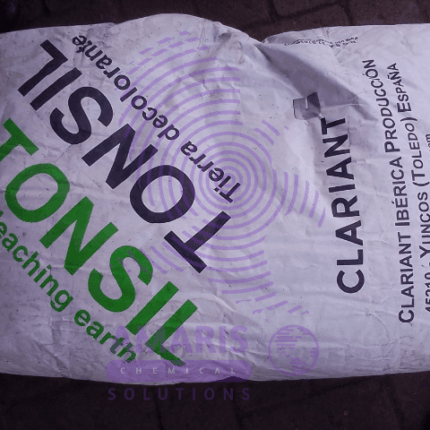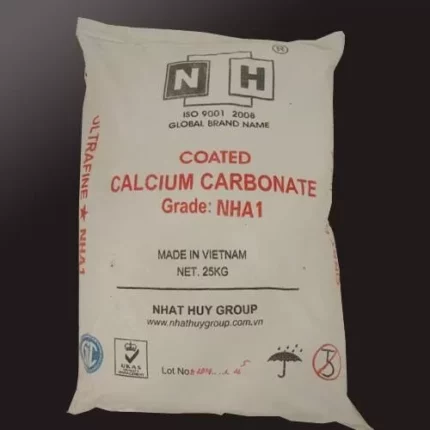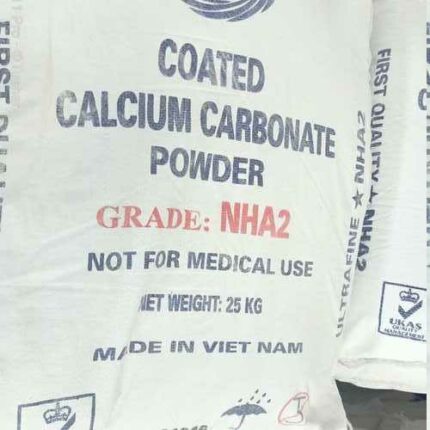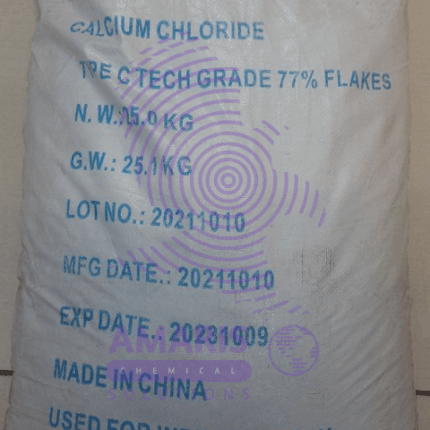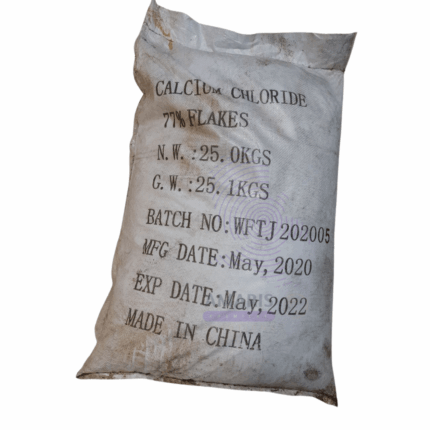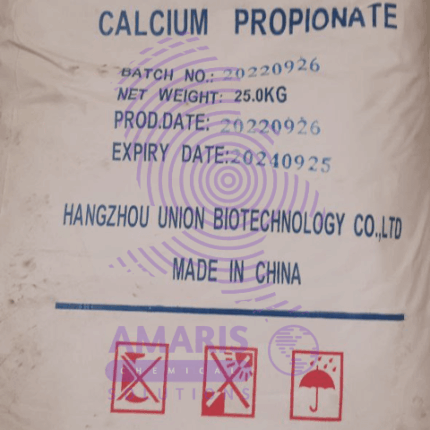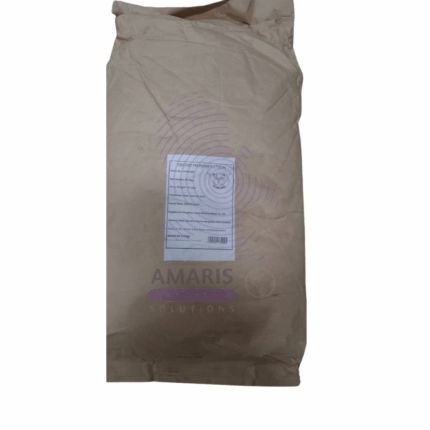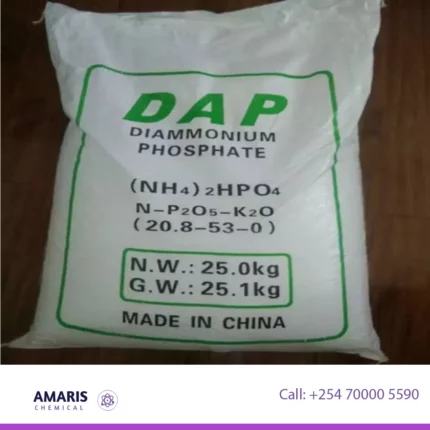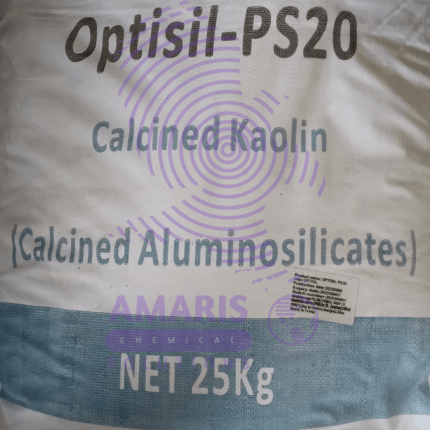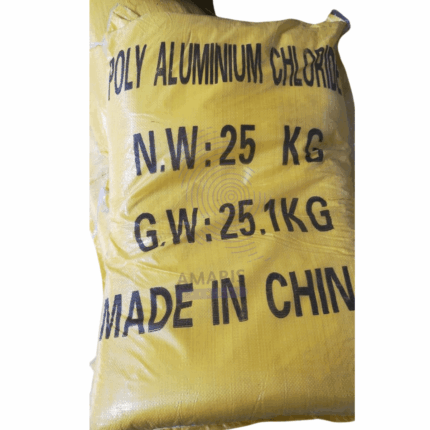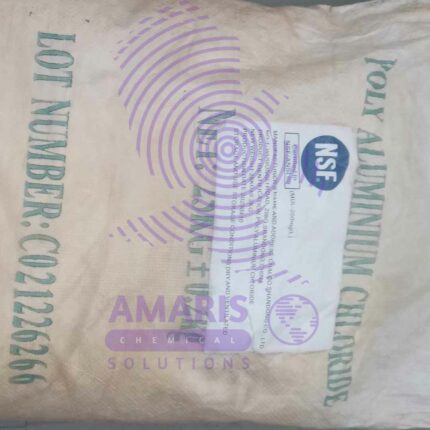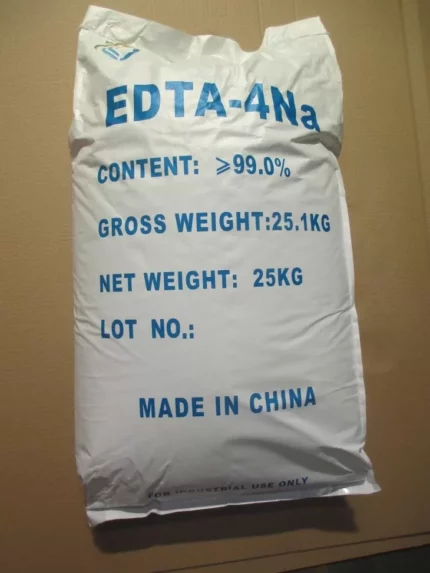Acesulfame K
Acesulfame K
Acesulfame K, also known as Acesulfame Potassium or Ace-K, is a high-intensity artificial sweetener that is commonly used as a sugar substitute in various food and beverage products. It is a white, odorless powder that is about 200 times sweeter than sucrose (table sugar), but it has no caloric value and does not affect blood sugar levels. Acesulfame K is chemically stable and can withstand high temperatures, making it suitable for use in baked goods and other heat-processed products. It is often found in sugar-free or low-calorie products, such as diet sodas, sugar-free chewing gums, desserts, and tabletop sweeteners.
Acetic Acid Food Grade
Acetic acid food grade is an organic acid with the chemical formula CH3COOH, also known as ethanoic acid. It is a colorless liquid with a pungent, sour taste and a distinctive vinegar-like odor. Acetic acid is an important industrial chemical used in the production of various products, including solvents, plastics, textiles, and food additives. It is also the main component of vinegar, which is commonly used as a condiment and preservative in cooking and food preparation.
Acetone
Acetone
Acetone is a colorless, flammable liquid with a sweet, fruity odor. It is a common organic solvent that is widely used in the production of plastics, fibers, drugs, and other chemical compounds. Acetone is also commonly used as a cleaning agent and a nail polish remover. Chemically, it is the simplest ketone and is represented by the formula CH3COCH3.
Aluminium hydroxide
Aluminium hydroxide is a chemical compound with the formula Al(OH)3. It is an inorganic compound that is commonly used as an antacid to neutralize excess stomach acid, as well as a component in the manufacture of various products, such as ceramics, paper, and cosmetics. It is a white, powdery substance that is insoluble in water and has a low toxicity. When heated, it decomposes to produce aluminium oxide, or alumina, which is used in the production of aluminium metal.
Ammonium bicarbonate
Ammonium bicarbonate is a white, crystalline compound with the chemical formula NH4HCO3. It is a type of inorganic salt that is commonly used in the food industry as a leavening agent for baking, as well as in the production of ceramics, dyes, and other chemicals. When heated, ammonium bicarbonate decomposes into ammonia, carbon dioxide, and water vapor, which causes dough to rise and become light and fluffy. It is also known as hartshorn or baker's ammonia.
Amphoteric
Amphoteric refers to a substance or compound that has the ability to react as both an acid and a base. In other words, it can either accept a proton (H+) to act as a base or donate a proton to act as an acid, depending on the conditions of the reaction. The term "amphoteric" is often used in the context of chemistry to describe species that exhibit this dual nature of reactivity.
Bleaching Earth
Bleaching earth is a vital industrial adsorbent that purifies oils, fats, and fuels by removing impurities, improving quality, and ensuring stability. Its effectiveness, versatility, and cost-efficiency make it indispensable in food processing, biofuels, petrochemicals, and environmental applications.
Calcium carbonate (Coated)
Calcium Carbonate (coated) refers to a form of calcium carbonate in which the individual particles of the mineral are coated or encapsulated with a layer of a different material. This layer can be composed of various substances, such as stearic acid, fatty acids, or other polymers. The purpose of the coating is to modify the surface properties of the calcium carbonate particles, such as their hydrophobicity or compatibility with other materials, making them more suitable for specific applications. Coated calcium carbonate is widely used in industries such as plastics, paper, paints, and coatings, where it can improve the properties of the final product, such as brightness, whiteness, and durability.
Calcium Chloride
Calcium chloride is a chemical compound with the molecular formula CaCl2. It is a salt composed of calcium and chlorine ions and is highly soluble in water. Calcium chloride is commonly used as a desiccant, de-icer, and in various industrial processes. It is also used in food and beverage applications as a firming agent, and in medicine as a source of calcium for people with calcium deficiencies.
Calcium propionate
Calcium propionate is a food additive that is commonly used as a preservative to prevent the growth of mold and other microorganisms in various food products. It is the calcium salt of propionic acid and is often referred to by its chemical formula, Ca(C2H5COO)2. Calcium propionate is white crystalline powder or granules that are easily soluble in water. When added to food, it helps extend its shelf life by inhibiting the growth of bacteria, fungi, and molds, thereby preventing spoilage. It is commonly used in baked goods, dairy products, processed meats, and other foods where mold and bacterial growth are a concern.
Diammonium phosphate (DAP)
Diammonium Phosphate (DAP) is a water-soluble ammonium phosphate salt with the chemical formula (NH₄)₂HPO₄. It serves as an important source of nitrogen (18%) and phosphorus (46%), making it widely useful in agriculture as a high-efficiency NP fertilizer to promote plant growth. Beyond farming, DAP is used as a yeast nutrient in winemaking/brewing, a fire retardant in industrial applications, and a corrosion inhibitor in water treatment systems. It also finds roles in animal feed supplements, pyrotechnics, and laboratory reagents. With its alkaline pH (~8.0) and solubility, DAP is versatile but requires careful handling due to ammonia release when heated.
Kaolin
Poly Aluminum Chloride 25kg
Poly aluminium chloride (PAC) is a water treatment chemical compound that is used to purify and clarify water. It is a coagulant that works by destabilizing and aggregating suspended particles in water, which makes them easier to remove by sedimentation or filtration. PAC is often used as an alternative to traditional aluminum sulfate (alum) and ferric chloride in water treatment, due to its lower required dosage and higher efficiency in removing impurities such as suspended solids, organic matter, and colloidal particles. It is a highly effective and cost-efficient solution for treating both industrial and municipal water.
Tetrasodium EDTA
Tetrasodium EDTA , also known as ethylenediaminetetraacetic acid tetrasodium salt, is a chemical compound commonly used in various industrial and commercial applications. It is a chelating agent, meaning it has the ability to bind and capture metal ions, thus preventing them from reacting with other substances or causing unwanted effects.
A concise definition of tetra sodium EDTA would be:
"Tetra sodium EDTA is a water-soluble salt derived from ethylenediaminetetraacetic acid, used as a chelating agent to bind and sequester metal ions, serving purposes such as metal complexation, stabilization, and preventing undesired chemical reactions."


 Emollients
Emollients Humectants
Humectants UV Filters
UV Filters Surfactants (cosmetic)
Surfactants (cosmetic) Preservatives (cosmetic)
Preservatives (cosmetic) Fragrances and Essential Oils
Fragrances and Essential Oils Antioxidants (cosmetics)
Antioxidants (cosmetics)
 Solvents (lab)
Solvents (lab) Chromatography Chemicals
Chromatography Chemicals Microbiology and Cell Culture Reagents
Microbiology and Cell Culture Reagents Biochemical Reagents
Biochemical Reagents Inorganic and Organic Standards
Inorganic and Organic Standards Spectroscopy Reagents
Spectroscopy Reagents Molecular Biology Reagents
Molecular Biology Reagents
 Precious Metal Extraction Agents
Precious Metal Extraction Agents
 Plasticizers
Plasticizers Polymerization Initiators
Polymerization Initiators Stabilizers
Stabilizers Monomers
Monomers Fillers and Reinforcements
Fillers and Reinforcements Antioxidants (plastics)
Antioxidants (plastics) Colorants (plastic pigments,Dyes)
Colorants (plastic pigments,Dyes)
 Fertilizers
Fertilizers Plant Growth Regulators
Plant Growth Regulators Soil Conditioners
Soil Conditioners Animal Feed Additives
Animal Feed Additives Biostimulants
Biostimulants
 Dough Conditioners
Dough Conditioners Flour Treatments
Flour Treatments Fat Replacers
Fat Replacers Preservatives (baking)
Preservatives (baking)
 Surfactants (cleaning)
Surfactants (cleaning) Builders
Builders Bleaching Agents
Bleaching Agents Enzymes
Enzymes Solvents (cleaning)
Solvents (cleaning) Fragrances
Fragrances Disinfectant
Disinfectant Metal cleaning
Metal cleaning
 Binders/Resins
Binders/Resins Pigments
Pigments Solvents (paint)
Solvents (paint) Additives
Additives Driers
Driers Anti-Corrosion Agents
Anti-Corrosion Agents Specialty Coatings
Specialty Coatings Functional Coatings
Functional Coatings Application-Specific Coatings
Application-Specific Coatings
 Sealants and Adhesives
Sealants and Adhesives
 Biodegradable Surfactants
Biodegradable Surfactants Bio-based Solvents
Bio-based Solvents Renewable Polymers
Renewable Polymers Carbon Capture Chemicals
Carbon Capture Chemicals Wastewater Treatment Chemicals
Wastewater Treatment Chemicals
 Preservatives (food)
Preservatives (food) Flavor Enhancers
Flavor Enhancers Acidulants
Acidulants Sweeteners
Sweeteners Emulsifiers
Emulsifiers Antioxidants (food)
Antioxidants (food) Colorants (food)
Colorants (food) Nutrient Supplements
Nutrient Supplements Nutraceutical Ingredients
Nutraceutical Ingredients
 Fresh Herbs
Fresh Herbs Whole Spices
Whole Spices Ground Spices
Ground Spices Spice Blends
Spice Blends
 Surfactants(oil)
Surfactants(oil)
 Antibiotics
Antibiotics Active Pharmaceutical Ingredients
Active Pharmaceutical Ingredients Excipients
Excipients Vaccine Adjuvants
Vaccine Adjuvants Nutraceutical Ingredients
Nutraceutical Ingredients Solvents (pharmaceutical)
Solvents (pharmaceutical)
 Automotive chemicals
Automotive chemicals Pyrotechnic Chemicals
Pyrotechnic Chemicals


 Vulcanizing Agents
Vulcanizing Agents Accelerators & Retarders
Accelerators & Retarders Antidegradants
Antidegradants Reinforcing Agents
Reinforcing Agents Plasticizers & Softeners
Plasticizers & Softeners Fillers & Extenders
Fillers & Extenders Blowing Agents
Blowing Agents Adhesion Promoters
Adhesion Promoters



